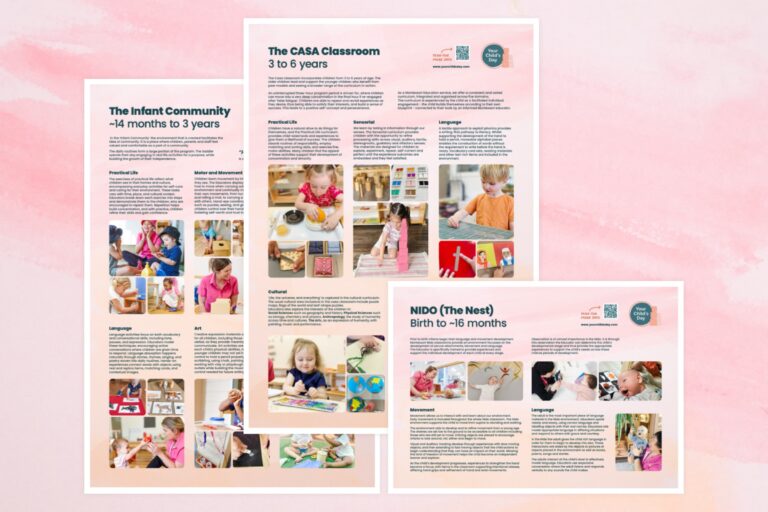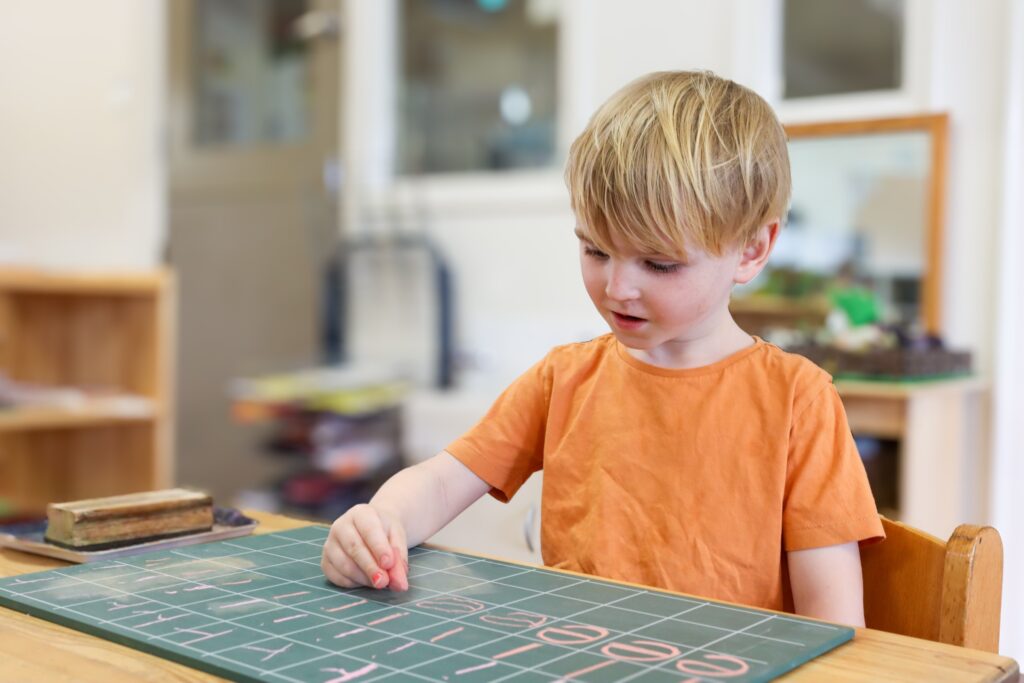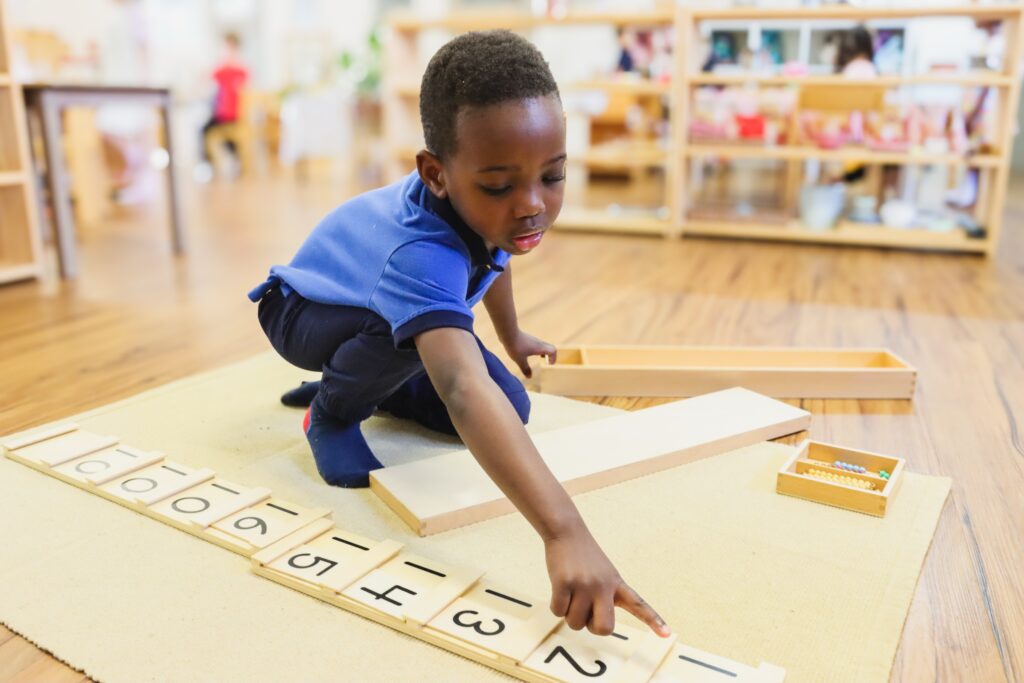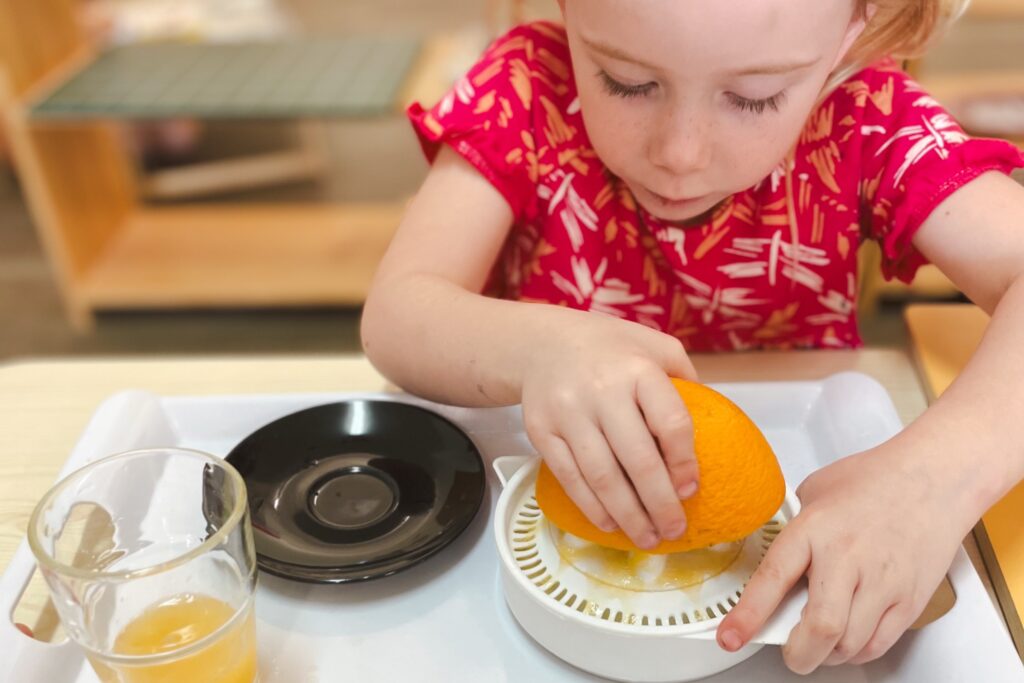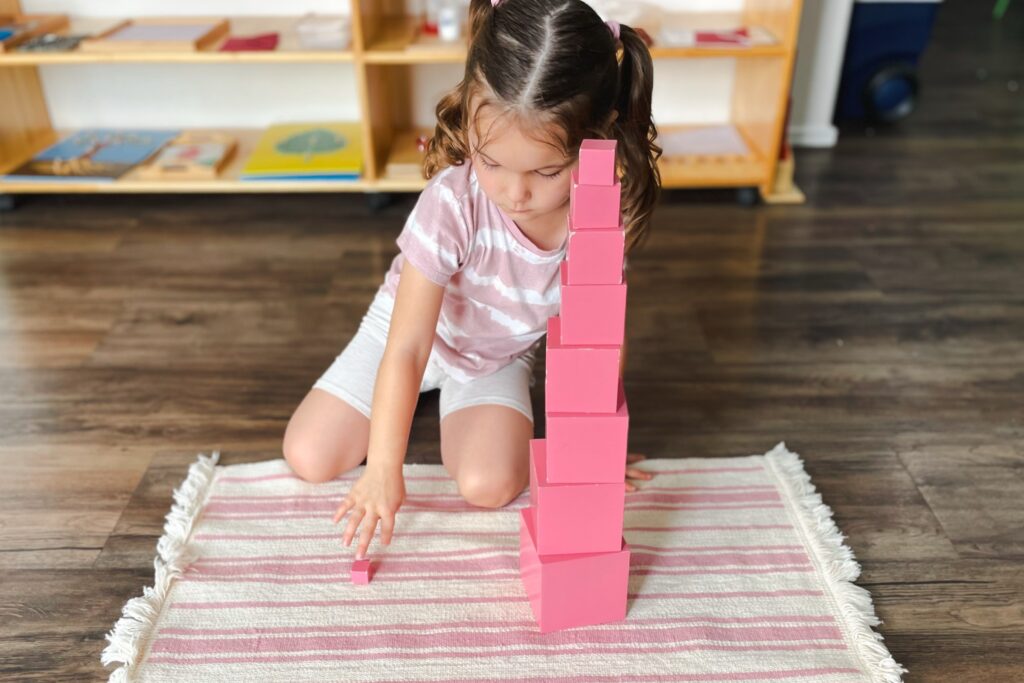Cultural
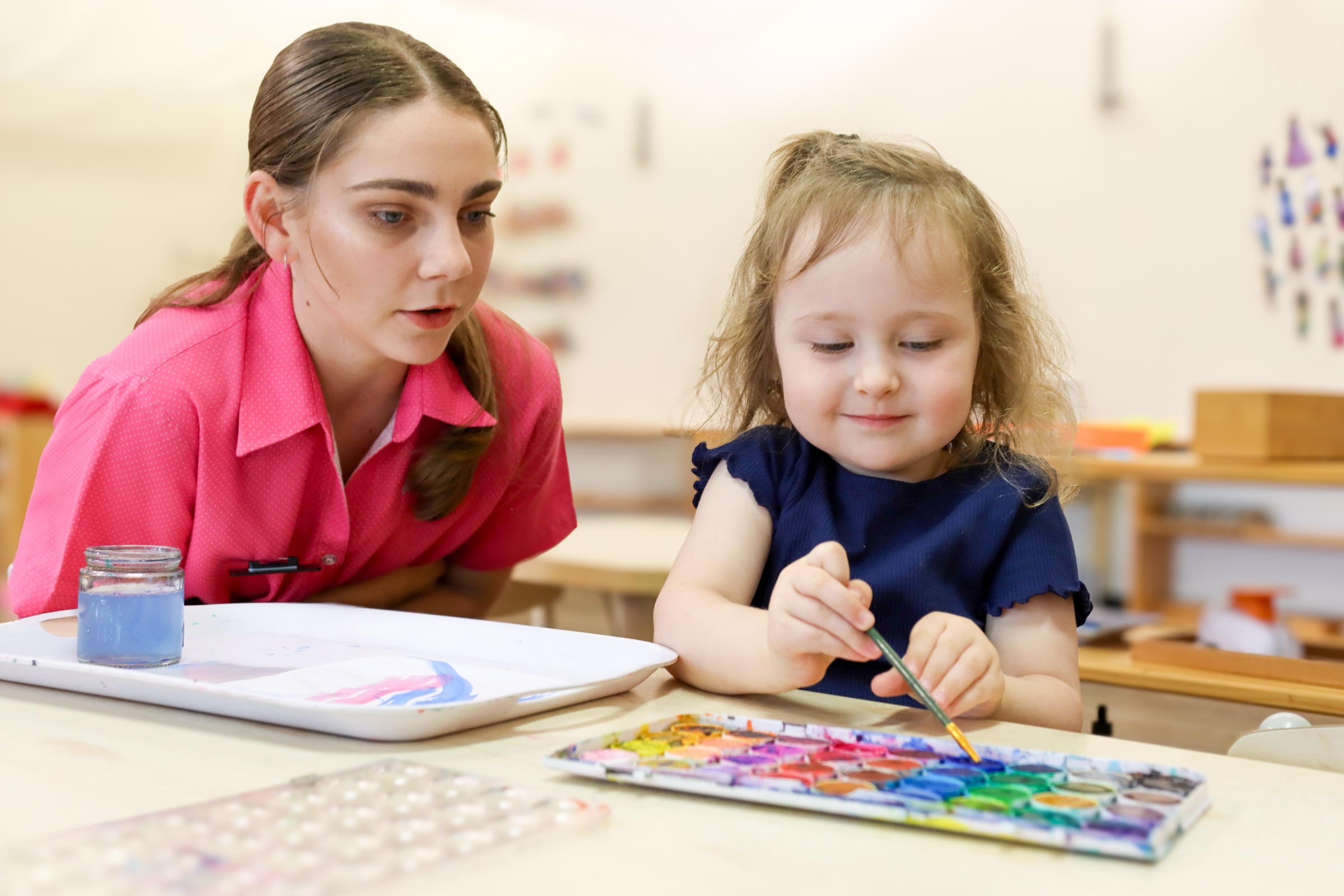
‘Life, the universe, and everything’ is captured in the cultural curriculum. The usual cultural area inclusions in the casa classroom include puzzle maps, flags of the world and leaf-shape puzzles. In addition to the standard Montessori apparatus, educators can explore the interests of the children in the physical sciences such as biology, chemistry and physics, as well as social sciences such as geography and history. Anthropology, the study of humanity across time and cultures, integrates with the social sciences to incorporate inclusive and non-bias approaches. The arts, as an expression of humanity, form another branch of the cultural domain, with extensions from the Sensorial area in painting, music and performance.
Children’s interests often form the basis of exploration in the Cultural area. Children may express an interest through intense engagement in certain activities in the rest of the program, talk to educators regarding the things that fascinate them, or have their parents relay the interests that have emerged at home. Educators will seek ways to extend on the interests by providing additional resources or projects, and often a broader group of children will also become fascinated.

